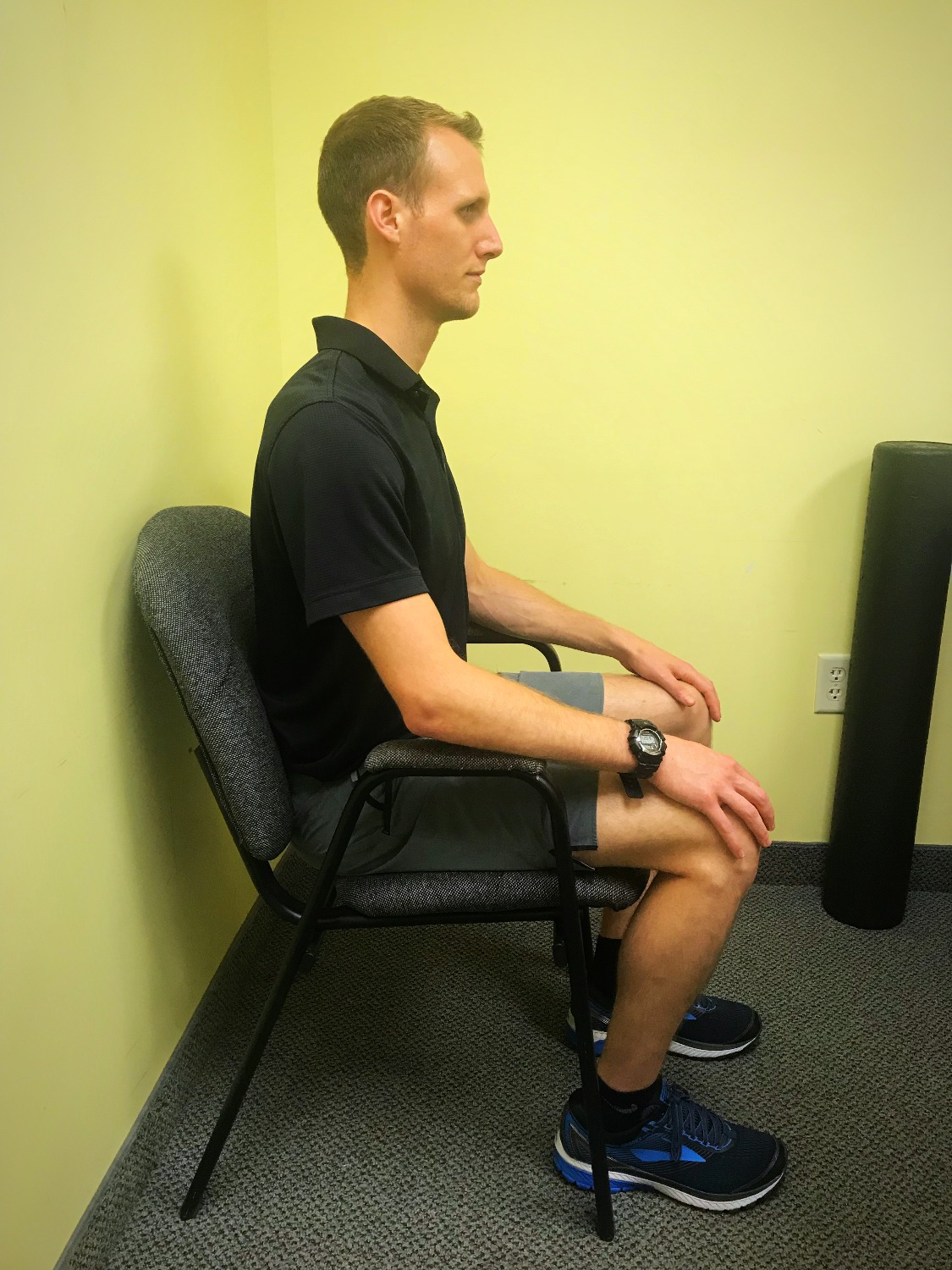The low back pain epidemic in America has been getting worse and worse for decades. Just take a look at these alarming statistics:
- Approximately 8 out of 10 individuals will suffer from low back pain at some point in their lifetime
- 60-80% of individuals with low back pain have a recurrence within 2 years
- Low back pain makes up over 19% of worker’s compensation claims
- Low back pain is the most common reason for missed playing time in professional athletes
- America spends over 50 billion dollars annually on back pain treatment alone, with the indirect cost rising over 100 billion dollars
To put it simply, the medical and rehabilitation world is doing something wrong!

At CMPT, we often see patients for a second, or even third opinion… they have already done months of PT, had countless x-rays and MRIs, some have trialed a round of injections, and sometimes they have even had surgery. But, they are still in pain and the medical world has failed them up to this point.
At a recent staff meeting we had a discussion about trends we see in these patients. The patients who are not better despite medical interventions and “traditional” PT at other facilities. The conclusion we came to included:
SPINAL INSTABILITY
&
BREATHING DYSFUNCTION
Spinal instability causes your muscular system (typically lower back muscles, such as your erector spinae) to overwork in an attempt to prevent excess movement from occurring at the spine. This can contribute to muscular strains, spasms, disc pathology (such as a bulging disc), and a whole host of “problems”…. which all result in LOW BACK PAIN.
The spine is anywhere from 36-64% more stable with co-activation of the trunk muscles. This simply means that you must recruit a whole team of core muscles TOGETHER (at the right timing and sequence) for optimal spinal stability.


Yet, most of the patients we see have reported doing “core” exercises as part of their previous treatment approach. So, why didn’t this work? Based on what current research is saying, and what we have seen clinically, most often “failure” of PT interventions stems from a failure to recognize the role of the diaphragm in the treatment of low back pain (yes, your breathing muscle!).
Numerous research articles have sited that 3/4 patients with low back pain also display faulty breathing patterns. There is other compelling research showing that the diaphragm typically sits in a higher position and does not move as much during breathing in those with low back pain. Those with low back pain are also more likely to perform lifting tasks with increased air in their lungs (taking a deeper inhale at the start of the lift); this is suspected to be a compensatory means of creating more spinal stability —- this stability is not authentic and not safe long-term!
This information speaks to why we MUST take respiratory dysfunction into account when treating patients who are suffering from lower back pain!
What should you do?
There is no magic pill, no quick fix, and no 1 exercise that works for everyone. If you have back pain you should 100% get assessed by a movement professional who understands and respects the role of the diaphragm. But, in the mean time you can work on these 2 things to start moving in the right direction.

Exercise 1) Diaphragmatic Breathing
Lie on your back with your legs resting up on a chair at 90 degrees. Place 1 hand on your belly and 1 hand on your chest. Work on breathing in this position without your ribs moving up towards your head. Can you inhale and bring the air all the way down into your lower back and pelvis? Can you use your air to get your lower back glued to the floor? Can you do this while keeping your legs and neck fully relaxed?
Exercise 2) Seated Diaphragmatic Breathing & Posture
Work on your posture in sitting. This DOES NOT mean sitting up as straight as you can. Society has developed this misconception of what is “good posture”. If your ribs are sticking out and your lower back is extended and engaged then you are setting your diaphragm up for failure. Work on exhaling and letting your ribs glide down, then inhaling and bringing the air low into your belly.


Resources:
– Boyle, K. L, and J. Olinick, and C. Lewis. (2010). The Value Of Blowing Up A Balloon. North American Journal of Sports Physical Therapy, 5 (4), PP 179-188.
– Hagins, Marshall, and Eric, M. Lamberg. (2011). “Individuals With Low Back Pain Breathe Differently Than Healthy Individuals During A Lifting Task.” Journal Of Orthopaedic & Sports Physical Therapy, 41(3), PP 141-148.
– Kolar, P, and J. Sulc, and M. Kyncl, and J. Sandra, and O. Cakrt, and R. Andel, and K. Kumagai, and A. Kobesova. (2012). Postural Function of the Diaphragm in Persons With and Without Chronic Low Back Pain. Journal of Orthopaedic and Sport Physical Therapy,42 (4), PP 352-362.
– Perri, M. A, and E. Halford. (2004). Pain and faulty breathing: a pilot study. Journal of Bodywork and Movement Therapies, 8 PP 297-306.
#backpain #breathing #diaphragm #posture #spine

